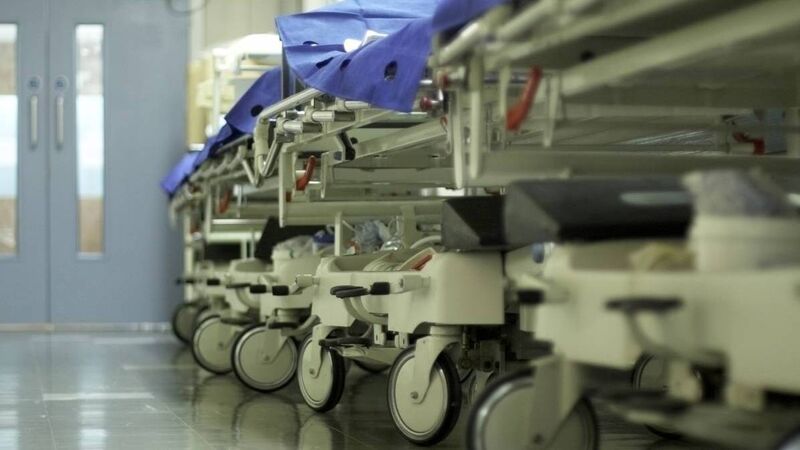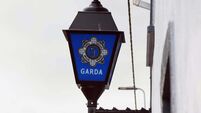Fewer Cork patients treated on trolleys in November, but numbers set to rise in December

More than 1,400 people were treated on trolleys in Cork hospitals in November.
More than 1,400 people were treated on trolleys in Cork hospitals in November, marking an improvement from the previous two months — but the numbers for December are already rising.
Some 1,082 were in Cork University Hospital, 316 in the Mercy, and three in Bantry General Hospital.
The 1,082 figure for November marks a 4% decrease from October and a 14% decrease from September.
Overcrowding
Trolley figures in CUH, which were rising over the summer, peaked towards the end of September and beginning of October, but have decreased since, though CUH still has the second-highest levels of overcrowding in the country.
However, across Monday, Tuesday, and yesterday, there were a further 192 people on trolleys in CUH, 73 in the Mercy, and six in Bantry, a total of 271 so far in December, suggesting December’s figures will be higher.
Cork GP and Fianna Fáil councillor for the North West ward Dr John Sheehan said: “The decrease is very welcome. I think there’s a couple of reasons for it, one is the uptake of flu vaccinations, we’ve seen lots of people presenting for their vaccines earlier this year, which is great.
Initiatives
“Other initiatives like the new virtual emergency department which is up and running about a month reduces the need for someone to go to A&E. The Pathfinder initiative also means doctors may come out and see people at home rather than necessitating a visit to an ED.”
Dr Sheehan said mobile X-ray services can attend nursing homes: “Before, if we suspected a fracture we had to send them to A&E in an ambulance. Doing the X-ray in the nursing home or elsewhere can save a trip to A&E and all the trauma that can be involved. When someone goes into A&E who already has lots of medical conditions, it’s much harder to be discharged because of all their comorbidities, so treating them in the nursing home is much better.”
The figures usually get worse the colder it gets, he said, adding: “There’s more people indoors, more respiratory illnesses spreading, then if there’s an outbreak you’ll have more people get sicker and it can tip over into cardiac failure or pneumonia, [mostly] for older people.”










 App?
App?


